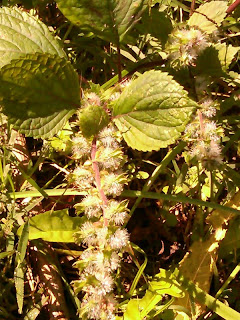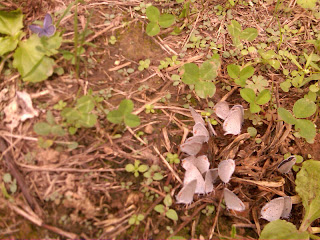

Great Blue Lobelia (Lobelia Siphilitica) is a magnificent autumn blooming wildflower native to Tennessee. This plant grows a robust 2-4 feet tall with blue (in rare cases, white) flowers up to 1 inch long with the corolla tube somewhat inflated and striped white beneath it. It likes moist habitats and usually grows along stream banks, roadside ditches, and swamps.
Great Blue Lobelia was considered a medicinal plant by the Native Americans. The Iroquois Indians in the North used the plant's root to treat venereal disease. In fact, Sir William Johnson, superintendent of Indian affairs in North America between 1756-1774, collected samples of the plant and sent it home to England in hopes of providing Europe with a cure for the life-threatening disease, syphilis. European physicians were unable to prove that treating syphilis with Great Lobelia was effective. Despite these findings, Swedish botanist Carolus Linnaeus gave the plant the Latin name, Lobelia siphilitica. Western medicine rejects the plant as medicinal because it can be fatal if the wrong dosage is administered. It contains an active ingredient, lobeline, which has a similar effect on the body as nicotine. Tea made from this plant was used by the Shoshone Indians as an emetic. The Cherokee crushed the roots of Lobelia and used it as a poultice for body aches. Other Native Americans used it to treat croup, coughs, and worms and to induce sweating and urination. Lobelia syphiltica was also used as a tonic after an influenza attack.
Native Americans saw value in this plant for its magical properties as well. Great Blue Lobelia was used by the Creeks to ward off ghosts. The Meskwakis used it in love potions. It is a common belief that the flower can manipulate the weather. Folklore claims if the powdered plant is thrown at an oncoming storm, it will halt its approach.
This plant grows along Henry Creek at Beaman Park near Nashville.















































